December 14, 2016
Lack of free childcare dissuades workers from shared parental leave 0
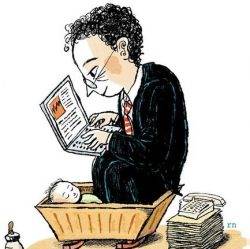 Just 5 percent of new fathers and 8 percent of new mothers have opted for Shared Parental Leave (SPL) since its introduction in April 2015 a new report claims. Just one organisation in five (21 percent) said they had received requests from male employees to take up SPL since April 2015 and in two-thirds (67 percent) of organisations with mothers eligible for SPL, none have opted in. This low take-up of (SPL) and the lack of affordable childcare options for parents with 0-2 year-olds are both major problems that need to be addressed to support working parents more effectively, according to ‘Labour Market Outlook: Focus on Working Parents’ from the CIPD. The survey of over 1,000 HR professionals also suggests that the lack of free childcare for 0-2 year-olds could be having a negative impact on women returning to work after maternity leave.
Just 5 percent of new fathers and 8 percent of new mothers have opted for Shared Parental Leave (SPL) since its introduction in April 2015 a new report claims. Just one organisation in five (21 percent) said they had received requests from male employees to take up SPL since April 2015 and in two-thirds (67 percent) of organisations with mothers eligible for SPL, none have opted in. This low take-up of (SPL) and the lack of affordable childcare options for parents with 0-2 year-olds are both major problems that need to be addressed to support working parents more effectively, according to ‘Labour Market Outlook: Focus on Working Parents’ from the CIPD. The survey of over 1,000 HR professionals also suggests that the lack of free childcare for 0-2 year-olds could be having a negative impact on women returning to work after maternity leave.













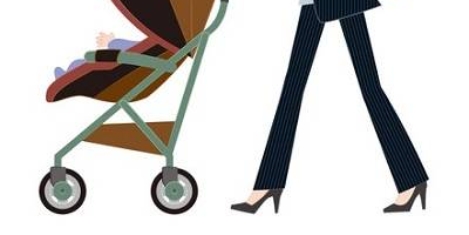
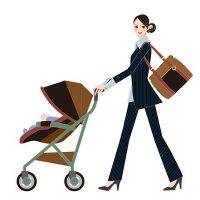





 While the number of independent workers in the US gig economy is expected to grow to 54 million people by 2020 and some 40 percent of workers have already experienced it according to
While the number of independent workers in the US gig economy is expected to grow to 54 million people by 2020 and some 40 percent of workers have already experienced it according to 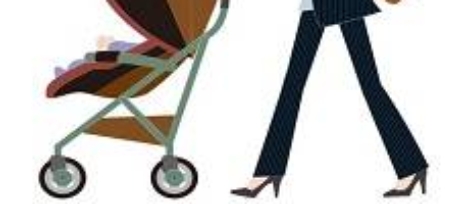
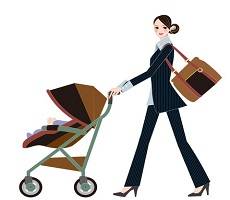










October 4, 2016
Motherhood or livelihood? Pregnancy discrimination in the workplace 0
by Tar Tumber • Comment, Legal news, Wellbeing, Workplace
Recent research by the Commons Women and Equalities Committee suggests that around 54,000 expectant and new mothers have no choice but to leave work due to pregnancy discrimination or concerns over the safety of their children; and shockingly, this figure has doubled in the last decade alone. Other research carried out by the Equality & Human Rights Commission (EHRC) and the former Department for Business, Innovation and Skills shows that despite 77 percent of working mothers reporting potentially discriminatory or negative experiences, only 28 percent raised the issue with their employer, and less than 1 percent pursued a claim through the tribunal system. As a mother of two young children, this is a topic very close to my heart. I have worked in HR for over 18 years now, and advised on all manner of employee relations issues and know from personal experience that being pregnant and suffering discrimination or redundancy is not at all unusual.
More →